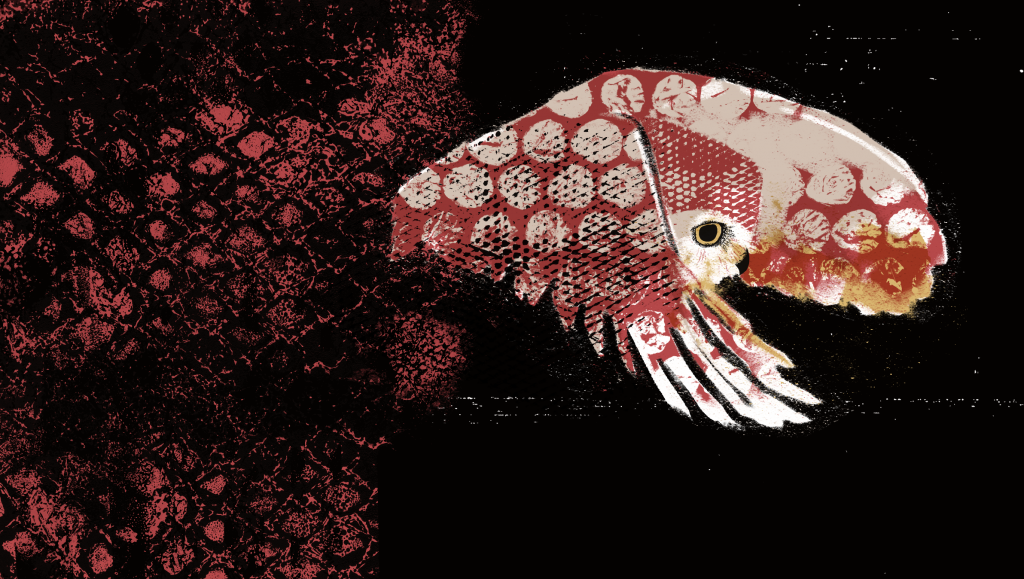Grasslands and conservation? For most people, that would make sense if one were talking about the African savanna, with its vast herds of wildebeest, gazelles, zebras, giraffe and their large charismatic predators, the lions, cheetahs and wild dogs. But by and large, the topic of conserving grasslands, with their apparently sparse vegetation, harsh climates, and seemingly low productivity, makes little sense to most people. In fact, in large parts of the world grasslands have all but been converted to other land uses, whether agriculture or industry. This is a travesty, given their ecological as well as economic
and cultural importance. Grasslands have a unique biota associated with them. The prairie bison of the North American Midwest, the Bactrian camel of the Central Asian steppe, the blackbuck of India’s tropical grasslands, the rhinoceros of the Terai floodplain grasslands of South Asia, Africa’s ostriches, bustards the world over…the list could go on. Also associated with grasslands around the world are pastoral economies and cultures, exquisitely fine-tuned to these dynamic and unpredictable environments.
In this issue we feature a series of articles on grasslands in India. Abi Tamim Vanak and others describe the widespread perception of grasslands as unproductive wastelands, and the historical as well as ongoing conversion of these landscapes to more ‘productive’ uses. Kalyan Varma provides an account of the traditional ecological knowledge of a pastoral
community, the Dhangars, in a counter to the widespread notion of pastoralism as ecologically degrading. Sandhya Sekhar highlights the shola-grassland ecosystem of the Western Ghats in India, and its unique flora and fauna. Finally, Nigel Collar talks about his work with bustards—grassland-specialist birds that are threatened globally, largely due to threats to their habitat. He ends on a positive note by saying we may yet be in time to save these endangered birds, if we were to focus on conserving the last remaining vestiges of their grassland habitats.
donate
Conservation is for everyone, and we help you understand it.
Donate




